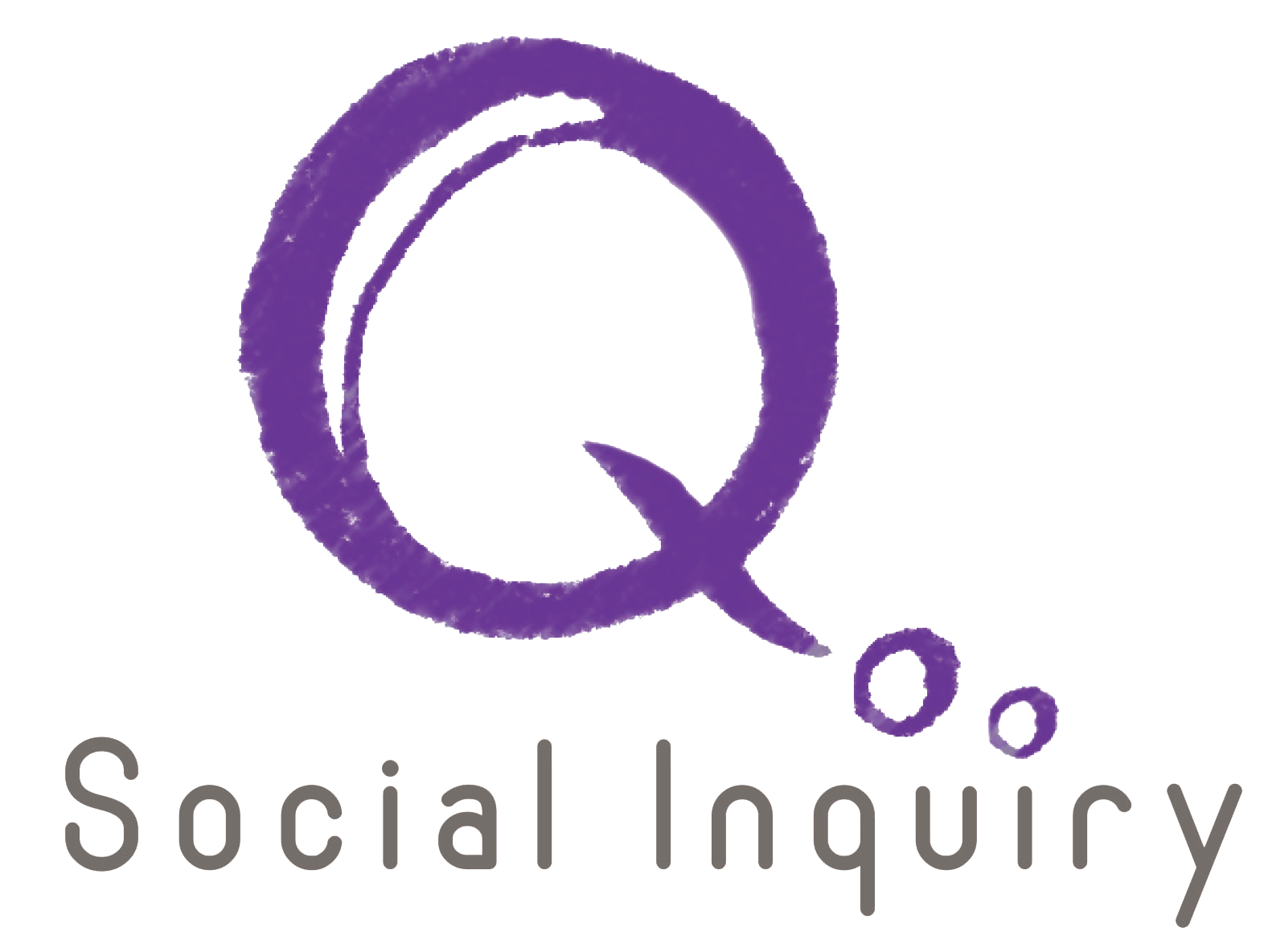How Covid-19’s impact on social cohesion in Iraq might not be unique
In this time of global pandemic, have those of us who conduct social science research now become Covid-19 researchers? As we continue our work in Iraq, will everything we look at here be marked by a strict timeline of pre- and post-coronavirus? While the global impact of this pandemic is and will certainly be significant with respect to social cohesion broadly, can the same be said particularly of Iraq?
Washington Post reporter Mustafa Salim, based in Baghdad, writes that the events he is seeing right now “feel like déjà vu,” because lockdowns, which began after the 2003 U.S.-led invasion, have already shaped much of his life as an Iraqi. He commented on how strange it was to hear people outside Iraq discuss their lives during lockdown and what they have realised about themselves and how they have changed as a result. “Here in Iraq,” he says, “we know the rhythm, and living this way again is reminding me of the old me.”
As social researchers who look at social cohesion in conflict and post-conflict settings, in particular, we must take this into account and understand that while Covid-19 will impact the context in Iraq, this kind of impact is not new, per se. Social cohesion may not uniquely change because of the impact Covid-19, but rather, the pandemic will likely exacerbate existing dynamics (positively or negatively).
Three findings from in-depth qualitative research we conducted in early 2019 on the relationship between social cohesion and multi-purpose cash distributions in ISIL-affected communities bear this out. We carried out 31 interviews in Hamdaniya district, an ethno-religiously diverse community in Ninewa Governorate retaken from ISIL in 2016, and another 15 interviews in Qa’im district, a relatively ethno-religiously homogenous but tribally diverse community on the Syrian border in the Anbar Governorate and one of the very last parts of the country to be retaken from ISIL in late 2017. We see from these interviews that views of social dynamics do not seem to stem from current events alone, but a confluence of the past and present.
We asked Jordan based artist Yazan Setabouha to help us visualize the data from our research in a new and creative way. He designed face icons to represent each person interviewed, taking into account their ethno-religious background, gender, displacement status, and cash beneficiary status.
First, when asked about their perceptions of the future, respondents in both districts expressed concern that what happened before would occur again, in some form.
Respondents include Christian, Shabak, Kaka’i, and Sunni Arab residents.
Given the study, “what happened before” nominally referred to the ISIL conflict, however this was open to interpretation. In interviews in Hamdaniya, some respondents reported events to demonstrate concern for current and future social stability that had occurred a decade before, pre-dating the ISIL conflict by five years. That conflict and its aftermath in Hamdaniya were, of course, matters of concern, but the impact of those events exacerbated pre-existing tensions and disruptions to social cohesion, rather than creating entirely new ones. Qa’im residents’ concerns included those regarding tribal conflict, which pre-dated ISIL; newer concerns mostly regarded suspected or confirmed ISIL affiliations, which were also expressed along tribal lines. Many felt marginalized as Sunnis since 2003 and felt the ISIL-related events had made their situation even worse.
With regard to the question on feelings about ethno-religious and/or tribal diversity, those in Hamdaniya were split as to whether or not ethno-religious diversity makes community stronger or does more harm than good. As for Qa’im, perspectives on diversity were far more optimistic which is, perhaps, not too surprising given its ethno-religious homogeneity, however, the concerns over tribal groupings and their affiliations with non-state armed groups may influence more negative views.
Third, and perhaps tied to the perceptions above and views on overall inequalities within their respective communities, respondents indicated that some groups are prioritized for aid over others.
These are all factors to continue to pay attention to in light not only of Covid-19 and the ensuing response to it, but the ongoing economic, security, and political precarity of the country that has continued since this fieldwork was completed into the present. Since we conducted our research, Iraq has seen escalations between the US and Iranian-backed groups, a US troop withdrawal in many places in Iraq, widespread anti-government protests, a surge of ISIL attacks, and economic tensions between Baghdad and Erbil. Overlooking these events and focusing now on only the social impact of Covid-19 will fail to capture nuance and a bigger picture of life in Iraq and all of its resilience and fragility.
As we continue to examine the impact of social phenomena on social cohesion within a post-conflict setting such as Iraq, it is important to not frame the integrity or fragility of social cohesion around one particular event, but rather a chain of events that form a web of social meaning and significance. While the pandemic certainly has already caused a social and economic impact upon the residents of Iraq, it is one of many upheavals in the past several decades that the Iraqi people have endured.



